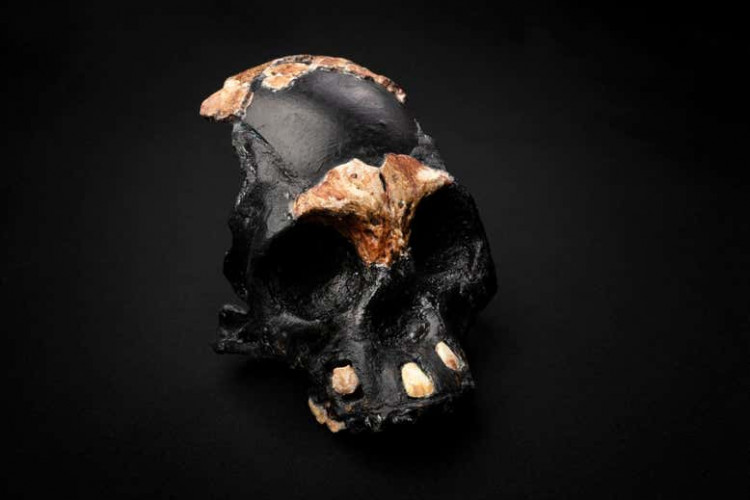A small child's skull from a different human species was discovered deep within a cave system in South Africa. The child has been nicknamed Leti by the researchers who discovered it, and the skull is thought to prove that the Homo naledi species buried their dead.
The child was born between 236,000 and 335,000 years ago, based on the ages of other cave remnants.
"This is the first partial skull of a child of Homo naledi yet recovered and this begins to give us insight into all stages of life of this remarkable species," Juliet Brophy, lead author of the study analyzing the skull, said in a statement.
The findings were published in PaleoAnthropology in two papers. The skull is described in one paper, while the site of Leti's discovery in the cave system is described in the other.
Lee Berger, a professor at the University of the Witwatersrand, headed the research team that found the partial skull, which was put together from 28 fragments and six teeth. Berger reported the finding of the previously unknown Homo naledi species in 2015. The rest of Leti's body is nowhere to be found.
Leti's cause of death is unknown, and her age is estimated based on her teeth.
"But at present we have not established exactly how fast Homo naledi children grew, so it is possible she was younger," the researchers said.
According to the scientists, the skull belonged to a child aged 4 to 6 years old at the time of death.
Leti's skull was unearthed in a narrow crevice that was very impossible to reach. As a result, the team believes the skull was purposely placed there as a form of funeral practice.
The researchers said in a virtual press conference that their findings show that hominins have been conducting burial rituals for hundreds of thousands of years - even hominins with brains far smaller than ours.
Neanderthals buried their dead as early as 70,000 years ago, as per evidence. They were more intelligent than H. naledi, however. Other species, ranging from apes and monkeys to orcas and elephants, have been reported grieving, but there is no indication that they carefully place bodies in caves or other burial sites.






